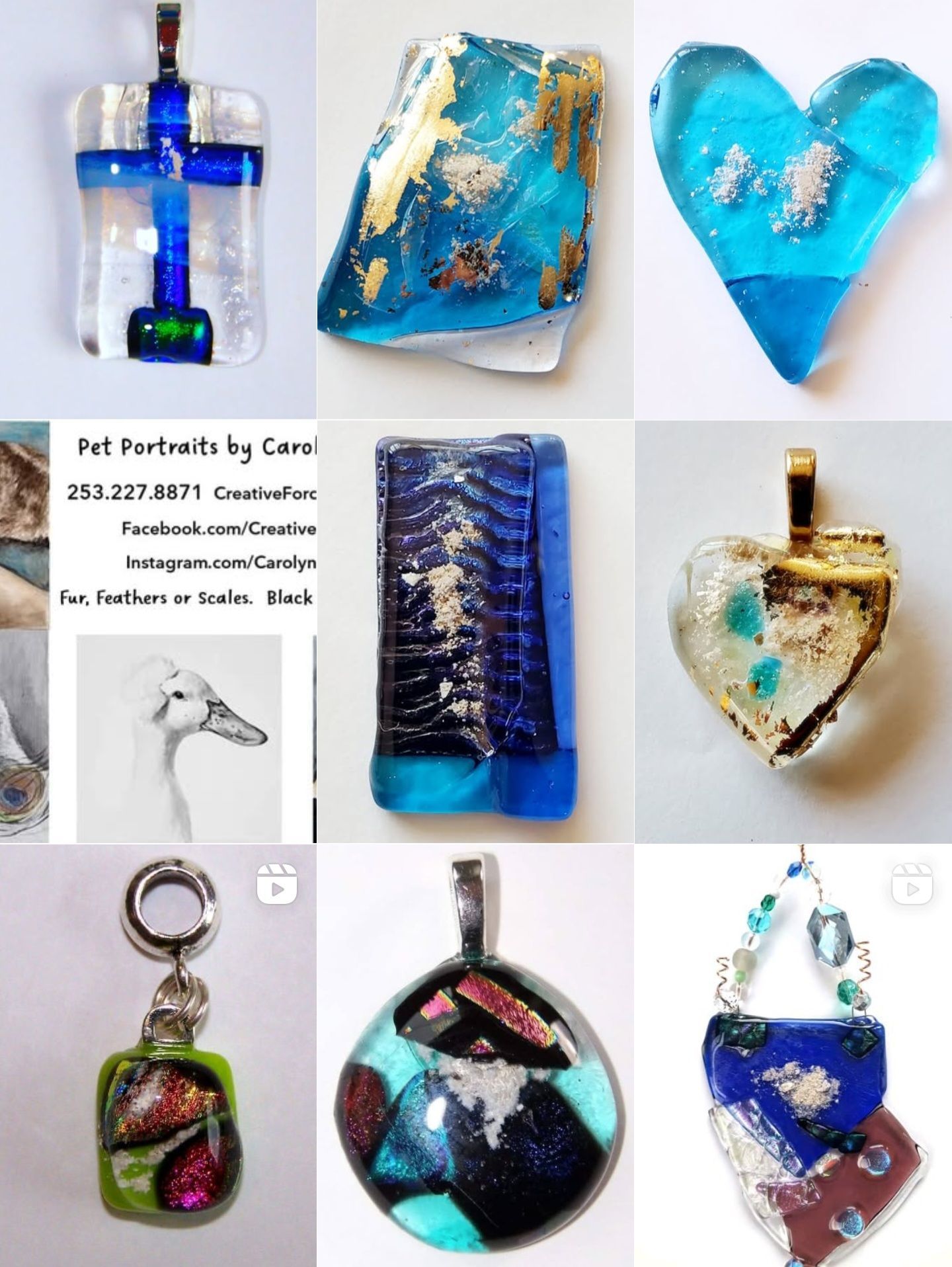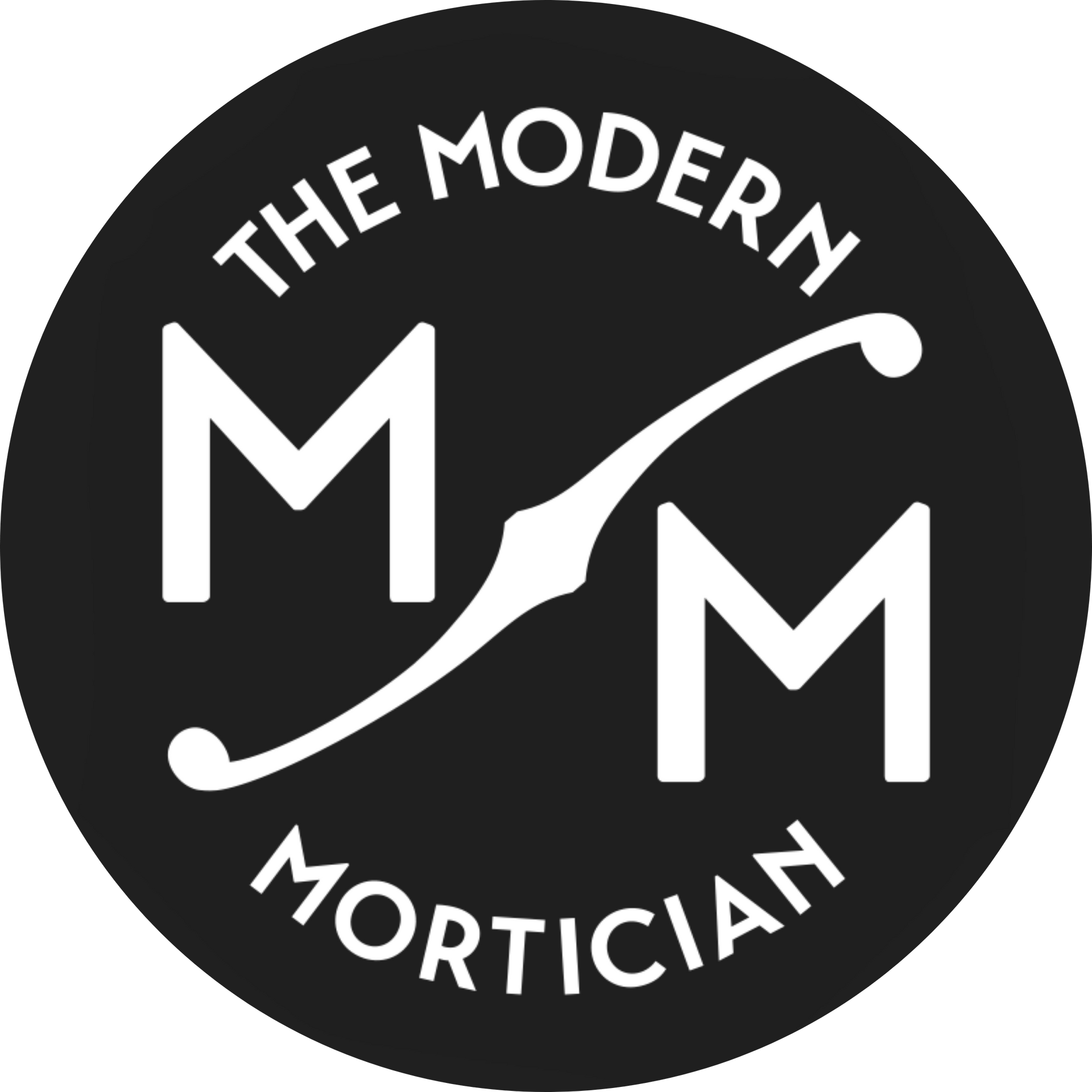
Hawaii
Amid the islands’ lush forests, volcanic soil, and ancestral reverence for the land, Hawai‘i is uniquely poised to lead the Pacific in eco-conscious, land-honoring burial practices. Here, returning to the earth means becoming part of the ʻāina—the land that feeds us, sustains us, and welcomes us home.
🌿 Īpuka Natural Burial Sanctuary — Kea‘au, Hawai‘i Island (Conservation Burial Ground)
The first and only dedicated natural burial sanctuary in Hawai‘i, Īpuka rests on ten acres of tropical forest just outside Hilo. Families are invited to participate in the process of burial, lowering, filling, and adorning graves with native flowers and leaves, ensuring that death care remains intimate, hands-on, and restorative.
Īpuka’s founders envisioned a place where burial directly supports reforestation and the regeneration of native ecosystems. No vaults, embalming, or metal caskets are permitted; instead, burials are done in simple shrouds or biodegradable containers. Each grave becomes part of the soil’s healing process, nourishing the forest and fostering new growth.
“In Hawai‘i, to return to the ʻāina is to return to life.”
🌿 How to Establish More Green Burial Grounds in Hawai‘i
While Īpuka leads the way, Hawai‘i’s potential for additional natural burial sanctuaries is vast, from upcountry Maui to Kaua‘i’s forest reserves. Here’s how individuals, landowners, and communities can help bring more sites to life:
- Start with the Land 🌺
- Choose land zoned for cemetery use or rural/agricultural parcels suitable for re-zoning.
- Prioritize areas with native vegetation, well-drained soil, and low flood risk.
- Partner with local land trusts or conservation groups to explore perpetual protection through easements.
- Understand the Legal Pathway ⚖️
- Hawai‘i Department of Commerce and Consumer Affairs oversees cemetery licensing.
- File a cemetery authority application if you plan to sell plots or inter human remains.
- Collaborate with environmental attorneys familiar with conservation or nonprofit models, many conservation cemeteries operate under 501(c)(13) or 501(c)(3) status.
- Ground in Culture & Community 🌈
- Consult Native Hawaiian cultural practitioners and local kupuna (elders) early in the process.
- Integrate traditional practices of mālama ʻāina (care for the land) and ho‘oponopono (balance and harmony) into the mission.
- Consider creating community advisory councils that represent local values and lineages.
- Design for Ecology & Access 🌳
- Incorporate native reforestation plans with species like koa, ʻōhiʻa lehua, and milo.
- Use natural markers (lava stones, driftwood, native plants) and maintain minimal impact trails.
- Create gathering areas for ceremony and reflection, blending Hawaiian cultural protocol with diverse spiritual traditions.
- Partner & Educate 🤝
- Join national organizations like the Green Burial Council or Conservation Burial Alliance for guidance and certification.
- Partner with funeral directors open to natural burial practices to expand accessibility.
- Host community workshops and volunteer workdays for planting and maintenance.
With land stewardship rooted in aloha ʻāina and community-driven restoration, Hawai‘i can model a future where death nourishes life and where each burial is an act of regeneration, remembrance, and reverence.
If you want information on how to start your own natural burial cemetery, or you want to make me aware of another green, natural, or hybrid cemetery in this state, please reach out!
New Paragraph












